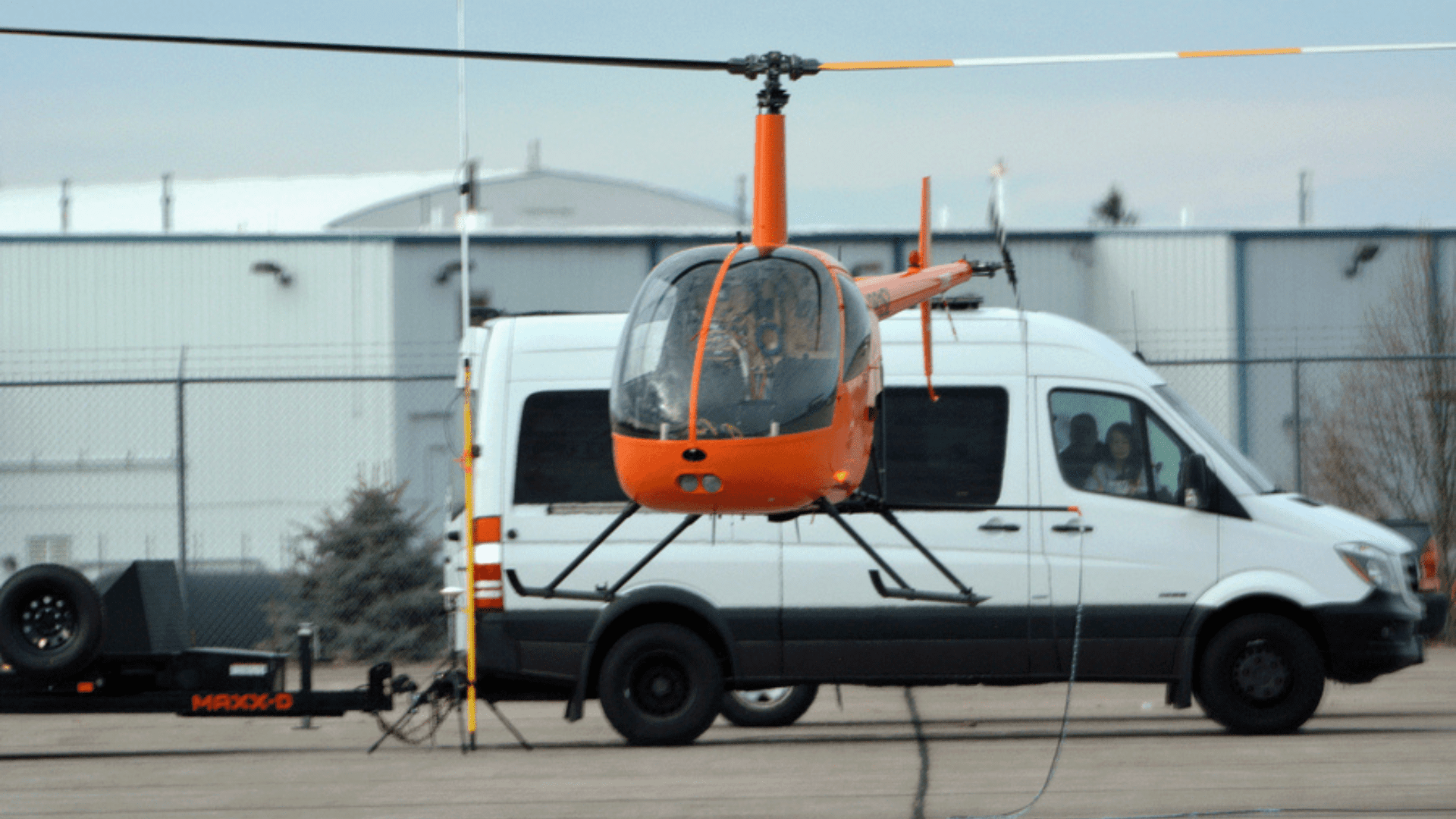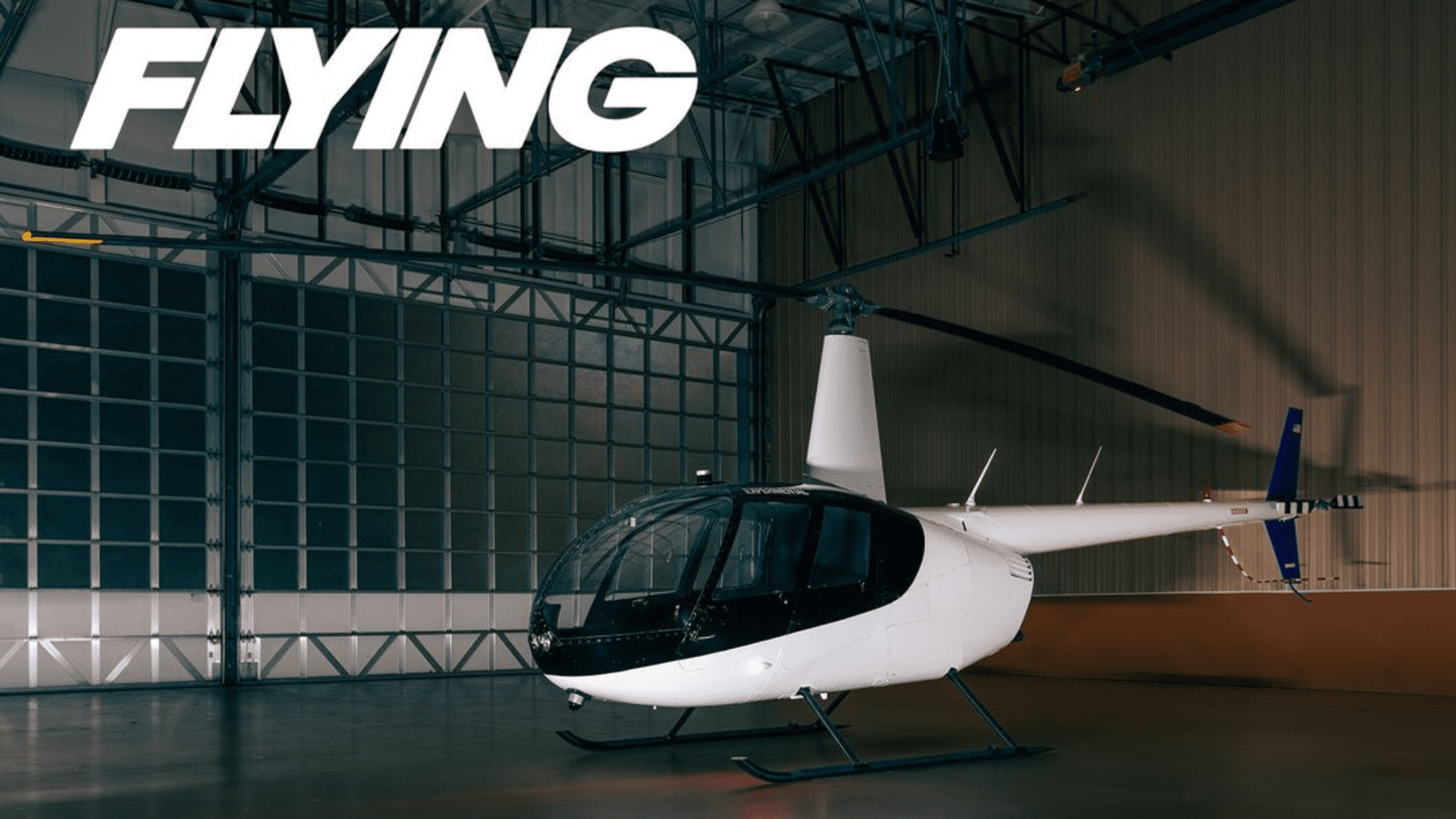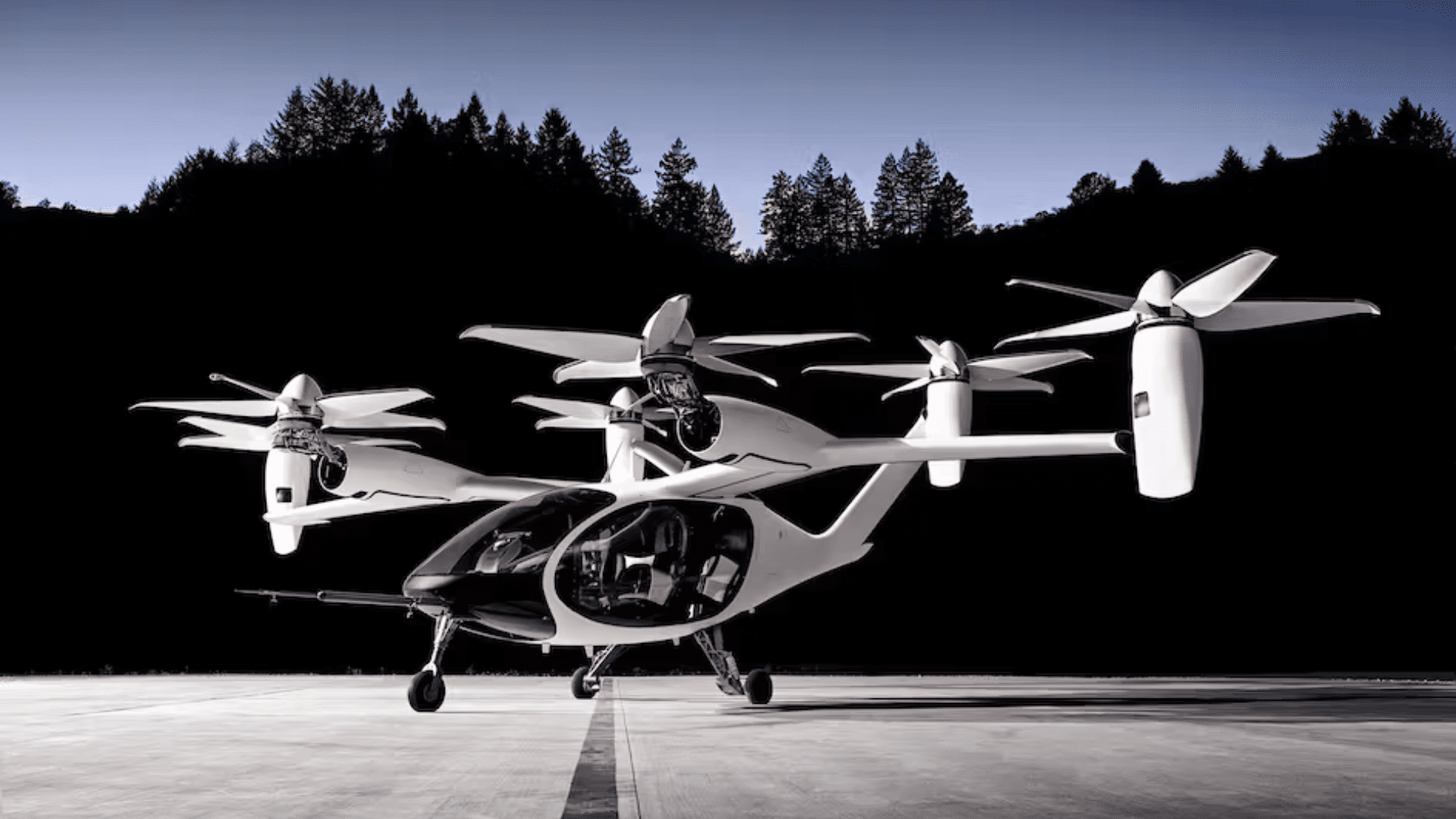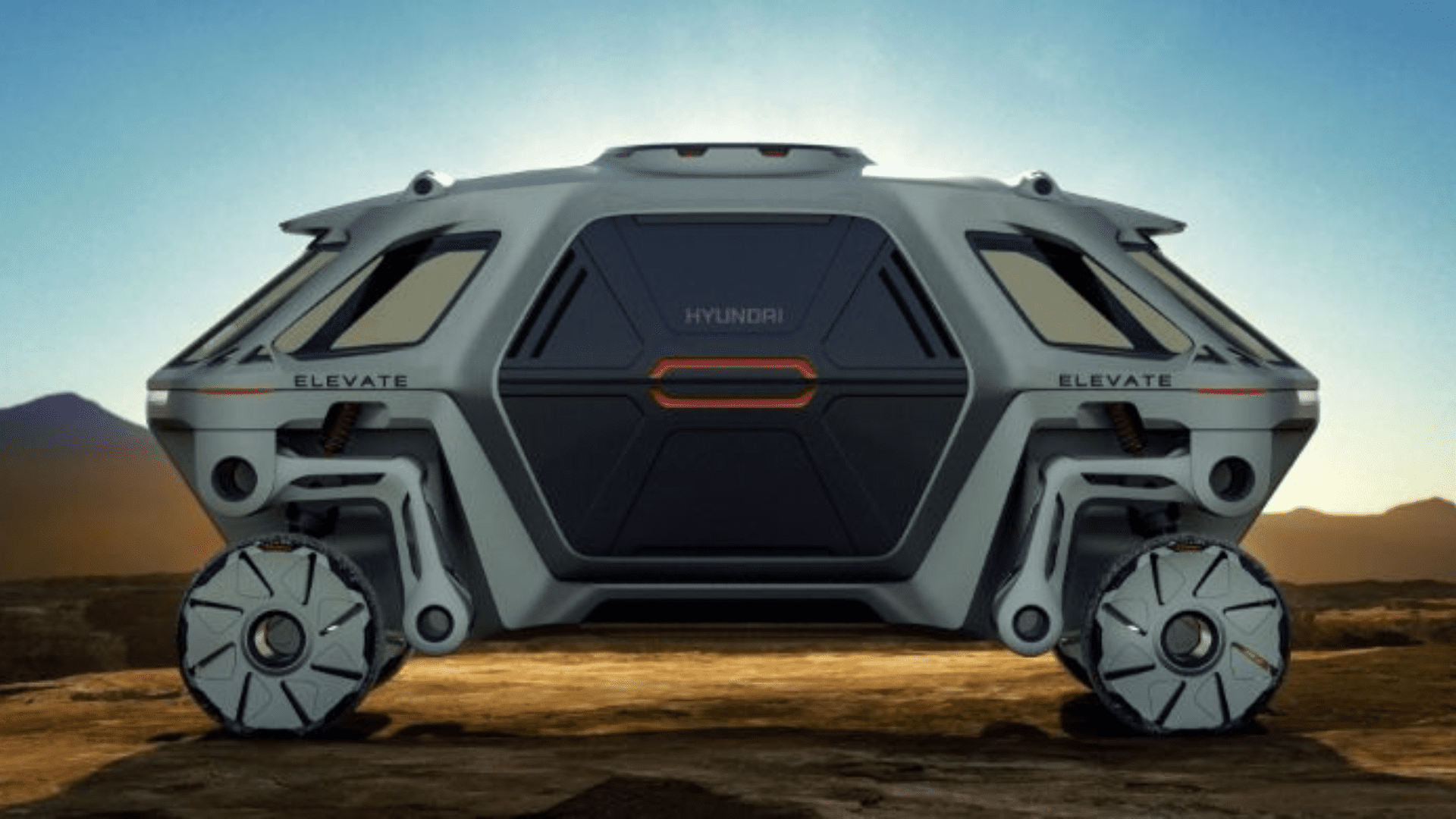It’s a bird! It’s a plane! No, it’s a self-flying helicopter. People don’t say that now, but researchers from MIT believe we are closer to self-flying helicopters than ever before.
New Era in Aviation

A group of Ph.D.s from MIT started a company called Rotor Technologies. The company wants to take humans out of the sky with hopes of making the airways safer. Specifically, they want to take humans out of risky commercial helicopter missions. Their vision of self-flying helicopters is closer than we think.
The vision goes back to 2019 when Hector (Haofeng) Xu was working towards his Ph.D. at MIT. Unsurprisingly, he was in the Department of Aeronautics and Astronautics. From there, Xu wanted to learn how to fly a helicopter, and he quickly learned that being in the cockpit ignited nerve-wracking experiences. Since then, he made it a mission to make helicopter flights safer.
In 2021, Rotor Technologies was born. They aim to add cutting-edge technology to existing helicopters.
Riskier Than We Think
Xu said, “People don’t realize pilots are risking their lives every day in the U.S.” Although, large commercial flights are safe Xu is referencing the small, private aircraft that people die in every year in the U.S. Many of them occur in helicopter flights for crop dusting, fighting fires and medical evacuations. What Rotor is doing is adding sensors and systems that would take the pilot out of the cockpit for these flights.

Compared to battery-powered drones, Rotor’s autonomous choppers can fly faster and longer and carry heavier payloads. Additionally, the tech company works with a reliable helicopter model that’s been around for decades. Rather than building an aircraft from scratch, Rotor uses a well-known aircraft from the Robinson Helicopter Company. This gives them the capability to commercialize quickly. Demo flights are already in place in the skies around Nashua, New Hampshire.
Explore Tomorrow's World from your inbox
Get the latest science, technology, and sustainability content delivered to your inbox.
I understand that by providing my email address, I agree to receive emails from Tomorrow's World Today. I understand that I may opt out of receiving such communications at any time.
Fly by Wire
At the core of Rotor’s developments is a system called “fly by wire.” It’s a set of computers that interact with the helicopter’s flight control features. A lot of communication tools and sensors from the autonomous vehicle industry are used in Rotor’s self-flying helicopters. However, the flights aren’t fully done without a human element. Xu said, “We get the best of the autonomous systems, which are very reliable, and the best of humans, who are really great at decision-making and dealing with unexpected scenarios.”
Taking Off

Xu said, “It is a new aircraft that can do things that other aircraft couldn’t — or maybe even if technically they could, they wouldn’t do with a pilot.” Not only is fighting fires or managing crops in a small aviation vehicle dangerous but the scientists say it’s also inefficient. Pilots have restrictions on how long they can fly and it also depends on the weather. What interests potential customers in Rotor’s autonomous chopper is extended flying times and increased safety. Rotor’s aircraft, the R550X, can carry up to 1,212 pounds and travels more than 120 miles per hour. Its extended fuel tank also allows for hours of air time.
Rotor plans to sell a handful of aircraft later this year. They hope to produce 50-100 aircraft each year following that.







